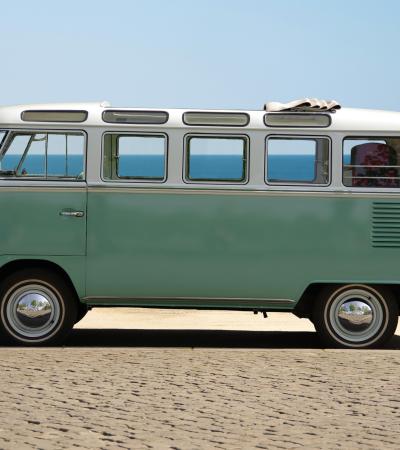Maker Monsters is the name of our summer library program. Students in kindergarten through fifth grade are welcome to come to our school library from 9 to 11 a.m. every Thursday for six weeks. While there, they can check books in and out, listen to a monster-themed storytime and make something. They also can interact with robots they program themselves and work with kits to create gadgets. A teacher/librarian leads the activities, an assistant helps with book searches and check-outs, and for several sessions, teachers and an author help with projects.
Advanced Planning
Three months ago, our district offered to fund a summer library program. Our librarian and a reading teacher, Chrissy Ensign, were interested in planning a program. We were just beginning to add a makerspace to our school library. Our district had purchased some robots and kits that we were anxious to share with students, but there had not been time to work this into our already full school schedule.
When we were allowed to plan a summer library program, we saw the opportunity to introduce these educational tools to students while also exploring how to integrate them into our curriculum. At the same time, we wanted there to be a literacy component to our program, so we incorporated book check-out and storytime. We thought the monster theme would attract students because of the large number of great monster books and toys available. Finally, we wanted students to be able to make something to take home each session.
Marketing
We told students about this program during the last library lesson of the school year. Several of the robots were on display, and children were told that the first time they came to summer library, they would get a lanyard and a monster keychain to put on it. Each visit earned them another monster keychain.
Then the librarian and reading teacher in charge of the program made a video showing all the materials students would use during the summer. The two also demonstrated the robots in the video. All the dates and times were mentioned as well. This video was shown in each classroom on the last days of school.
Parents were informed through our online PTA newsletter, our PTA blog and an all-call the night before the first session by our principal. Finally, a local paper sent a reporter out to interview those running the program and an article with a picture appeared in the paper in the week before the first summer library session, and another ran after the programs had begun.
Budgeting
One certified teacher/librarian and one assistant were paid for planning, set-up and clean-up time, as well as the two hours of each session. In addition, we were given a budget of $800 to spend on supplies and for special guests.
We paid an art teacher to come in for one session to teach students how to draw cartoons. On another day, one of our library assistants came in to show children how to make pop-ups. We also had a published author come. Each student received a blank book, and she spoke to them about how to write a book.
We had enough funding for all sorts of extras, like the monster keychains, and we had one session in which each child got a plastic monster. We bought corks, bubble wrap, Styrofoam, balloons and other supplies. Students were challenged to build something that would enable their monster to float, then tested them in tubs of water. Much of what we bought could be salvaged from items already on hand. Had we not had such a budget, we would have sought volunteers to share their maker skills with students.
Day-of-event Activity
In addition to the librarian and assistant, four staff members helped to guide students in book selection and in using the robots. We had a display of monster books set up, as well as a couple of the robots.
We were concerned that parents would use this as a chance to get some free babysitting, so we asked that if students were in third grade or younger, a parent, child-care provider or sibling over the age of 12 stay with them. Parents cooperated fully, helping not only their own children but others. Luckily, some of our students were able to work independently, but the additional adult hands ensured that each child was able to complete each day's task easily.
As the program went on, we brought out more of our robots and kits. Some recently graduated students (in grades six and seven) came by, and we enlisted their help as teacher aides. The biggest challenge was having more students attend than we'd planned for.
Program Execution
We had hoped 20 to 30 students would come. We had over 50 at the first session and over 40 at the second. We were concerned about running out of supplies, especially keychains. Luckily, the things we needed weren't very expensive, so our principal donated some student activity money and our secretary placed a re-order. All the following sessions had around 40 attendees.
Some days it was very hot in our un-air-conditioned library, so we moved some activities into parts of the building that were air-conditioned.
Parents often participated in whichever activities their children were pursuing. Students were enthusiastic as they entered, and parents were effusive in their praise of the program. We got students excited about the makerspace tools, and I believe this excitement will carry over into the school year when children have the opportunity to use those tools again. I also believe we now have some students who are "experts" at using these tools and can act as teacher assistants so that more students can participate with limited staff involvement.
Advice
This program was a great way for us to test the waters as we planned our makerspace. By combining a literacy component with a technology piece, we gave students the opportunity to enjoy both. Our patrons saw that the library is a place where books and robots can both be enjoyed. I encourage others to try this program even if you don't have the budget we did. Children can create so much out of so little.



